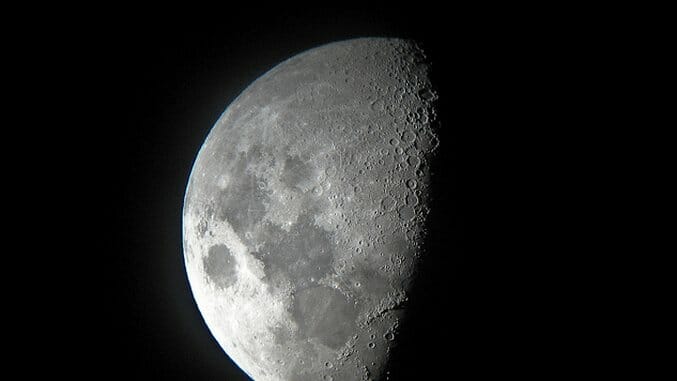There Is A New Theory About How the Moon Was Formed

According to researchers at NASA, the moon— and Earth— was part of a massive planetary collision with masses that were five-times the size of Mars. During this collision, the outer layers of the Earth were vaporized to form a synestia, or a continuous body of material.
With synestias, it is possible that the Earth could have been transformed into an “extended, substantially vaporized body.” This dictated how the Earth’s core was formed, as well as potentially making way for our oceans and atmospheres to develop—and, possibly, how the moon then came to be.
The most widely-accepted theory until this point—dubbed the “giant impact hypothesis”—suggested that the moon formed upon a gargantuan impact with a mass called Theia, which supposedly collided with Earth in the early years of our Solar System’s existence.
-

-

-

-

-

-

-

-

-

-

-

-

-

-

-

-

-

-

-

-

-

-

-

-

-

-

-

-

-

-

-

-

-

-

-

-

-

-

-

-








































